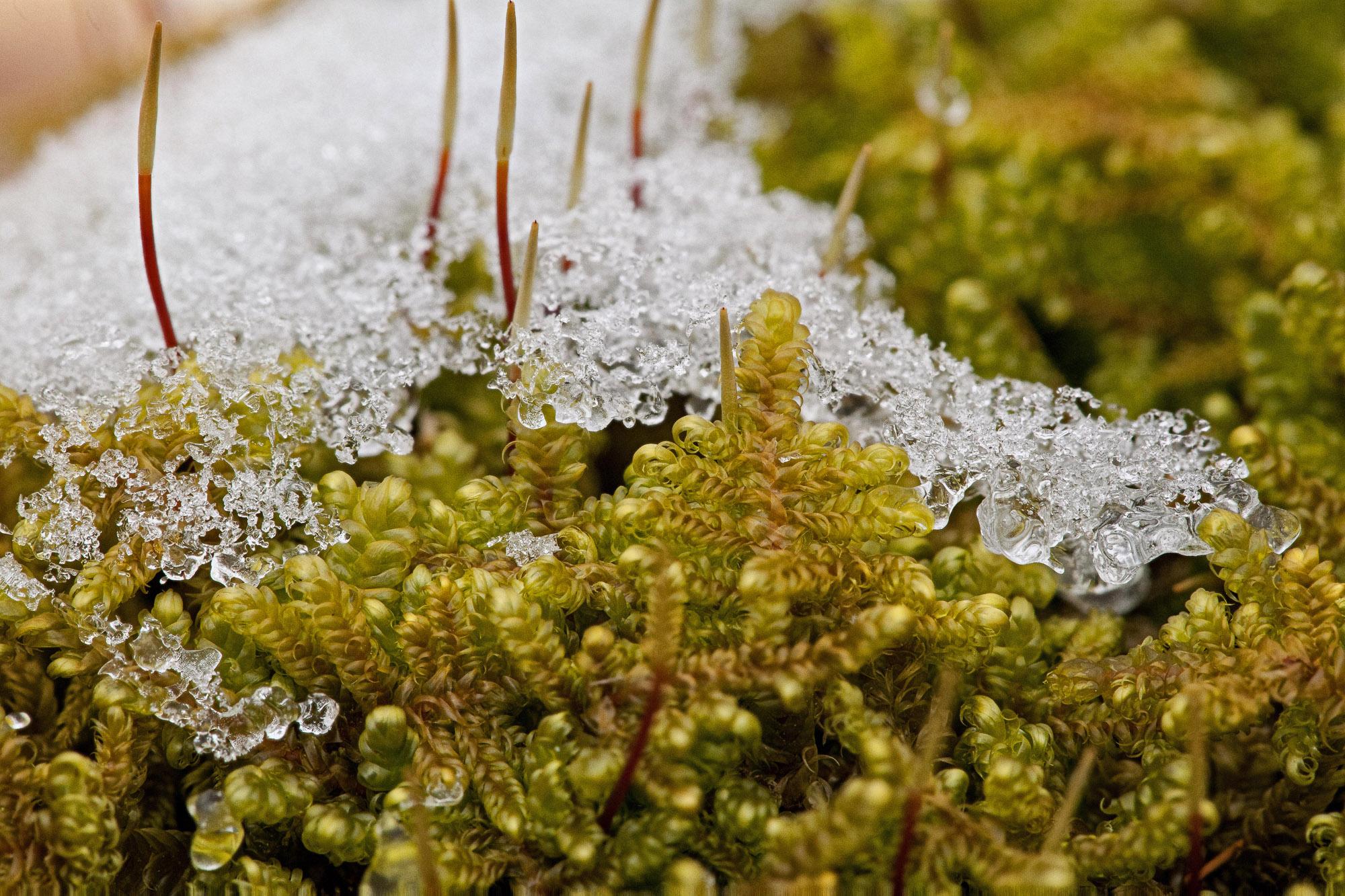
Hypnum-curvifolium-6.jpg from: https://ohiomosslichen.org/hypnum-curvifolium-6/
Exploring the Fascinating World of Hypnum curvifolium Hedw. Moss

Hypnum-curvifolium-10-700×466.jpg from: https://ohiomosslichen.org/moss-hypnum-curvifolium/
Introduction
Mosses are often overlooked, but they play a vital role in many ecosystems around the world. One particularly interesting species is Hypnum curvifolium Hedw., also known simply as Hypnum moss. This small but mighty plant is part of the Pylaisiaceae family and has some remarkable characteristics. In this blog post, we’ll dive into the details of Hypnum curvifolium and discover what makes it so special.
Background
Hypnum curvifolium is a type of
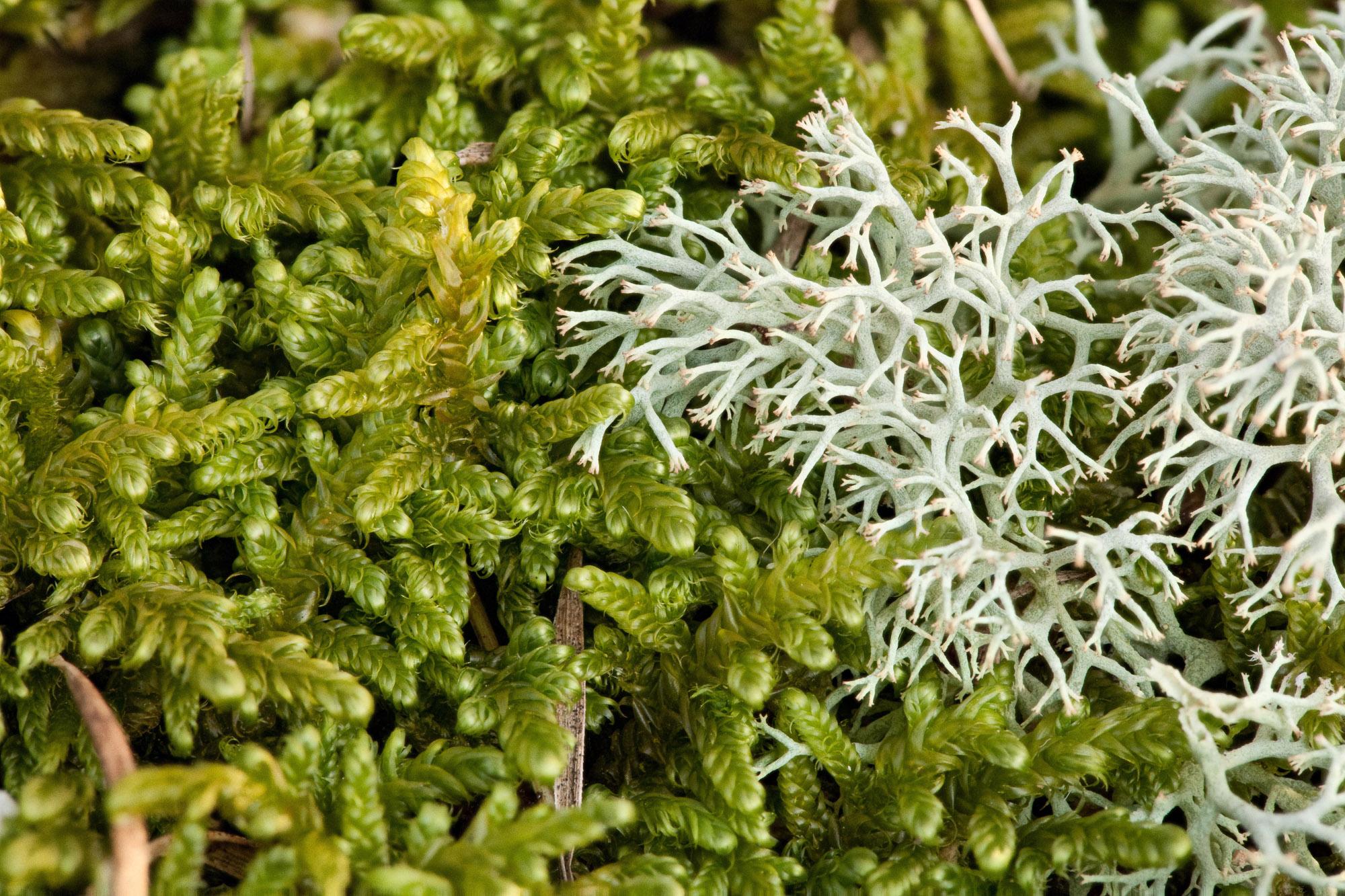
Hypnum-curvifolium-7.jpg from: https://ohiomosslichen.org/hypnum-curvifolium-8/
moss
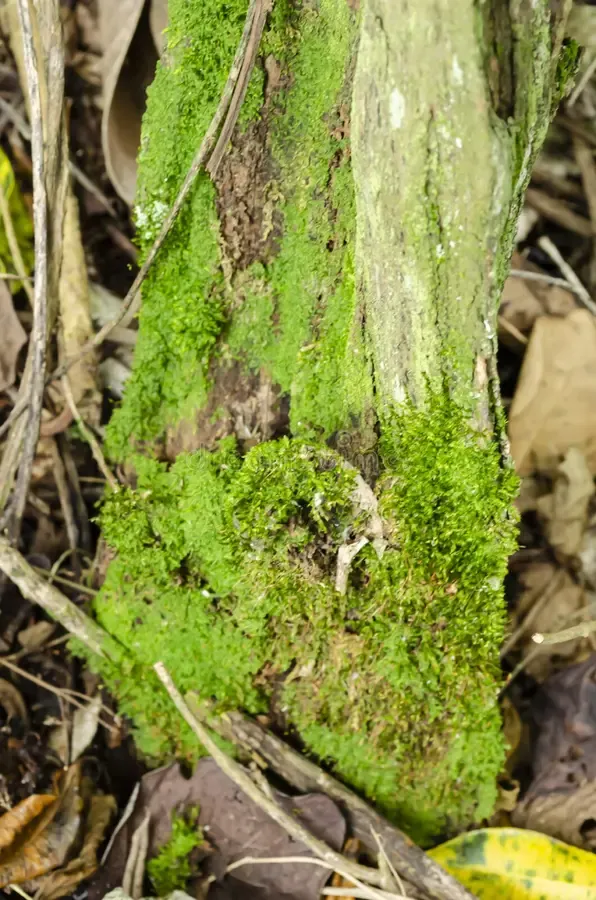
growing-post-planted-ground-covered-dry-leaves-sticks-covering-most-its-base-tiny-green-hypnum-curvifolium-197835379.jpg from: https://www.dreamstime.com/hypnum-curvifolium-moss-stick-was-taken-cool-area-where-growing-allowing-me-to-have-closer-look-plant-image189362753
, which are non-vascular plants in the division Bryophyta. Mosses are small, low-growing plants that lack true roots, stems, and leaves. Instead, they have leaf-like structures called phyllids that absorb water and nutrients. Mosses reproduce via spores rather than seeds and are found in a wide range of habitats, from arctic tundra to tropical rainforests.
Morphology and Identification
Hypnum curvifolium is a pleurocarpous moss, meaning it has a branching, mat-forming growth habit. The phyllids are small, typically 1-2 mm long, and are curved or falcate in shape, hence the species name “curvifolium
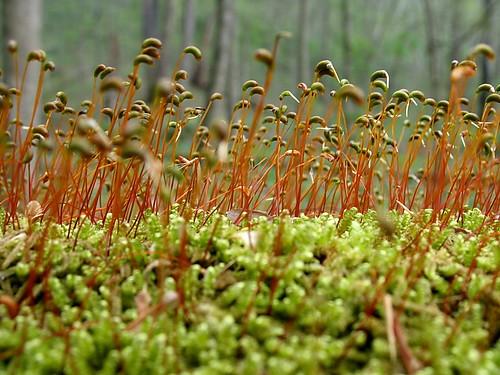
135113527_16781ad935.jpg from: http://www.inaturalist.org/taxa/163993-Hypnum-curvifolium
“. The phyllids have a distinct midrib and are arranged in a pinnate pattern along the stem.
The sporophytes (spore-producing structures) of H. curvifolium are relatively uncommon. When present, they consist of a seta (stalk) topped by a cylindrical capsule. The seta is smooth and reddish-brown in color, while the capsule is inclined to horizontal and has a peristome (toothed opening).
Global Distribution and Habitat
Hypnum curvifolium has a wide distribution, being found across much of Europe, Asia, and North America. It grows in a variety of habitats, including:
- Deciduous and coniferous forests
- Grasslands and meadows
- Bogs and fens
- Disturbed areas like roadsides and fields
This moss prefers moist, shaded sites and is often found growing on soil, rocks, logs, or tree bases. It is tolerant of a range of soil pH levels and can grow in both acidic and basic substrates.
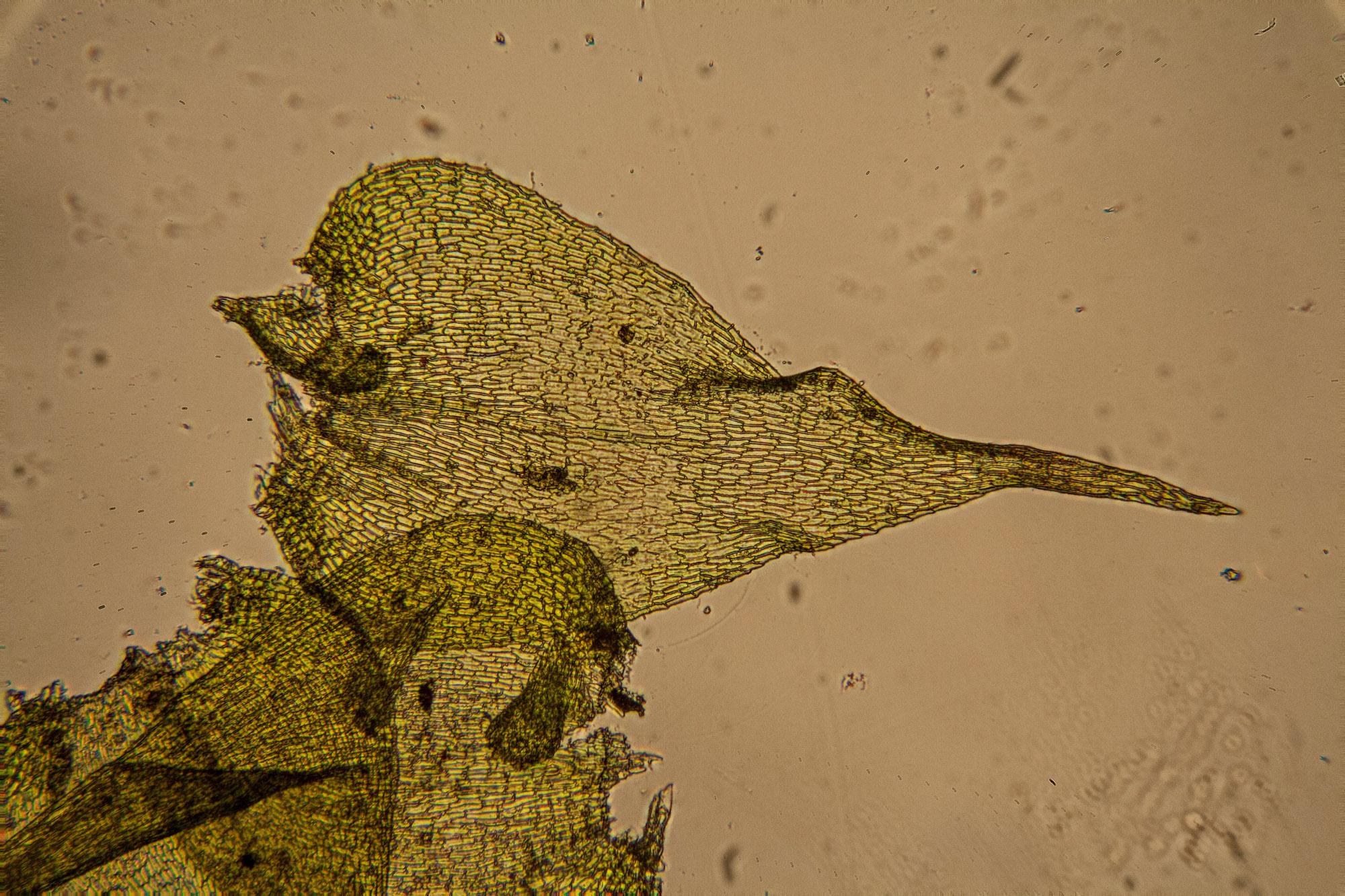
Campylium-chrysophyllum.jpg from: https://ohiomosslichen.org/hypnum-curvifolium-3/
Ecological Roles and Adaptations
Like other mosses, Hypnum curvifolium plays several important ecological roles:
Erosion control: The dense mats formed by H. curvifolium help stabilize soil and prevent erosion.
Water retention: Mosses act like sponges, absorbing and retaining water that can later be used by other plants.
Habitat provision: Many small invertebrates make their homes among moss cushions.
Carbon sequestration: As they photosynthesize, mosses remove CO2 from the atmosphere and store it in their tissues.
Hypnum curvifolium has several adaptations that allow it to thrive in its preferred habitats. The curved phyllids help channel water towards the stem for absorption. This moss can also tolerate periods of desiccation, reviving quickly when moisture becomes available again.
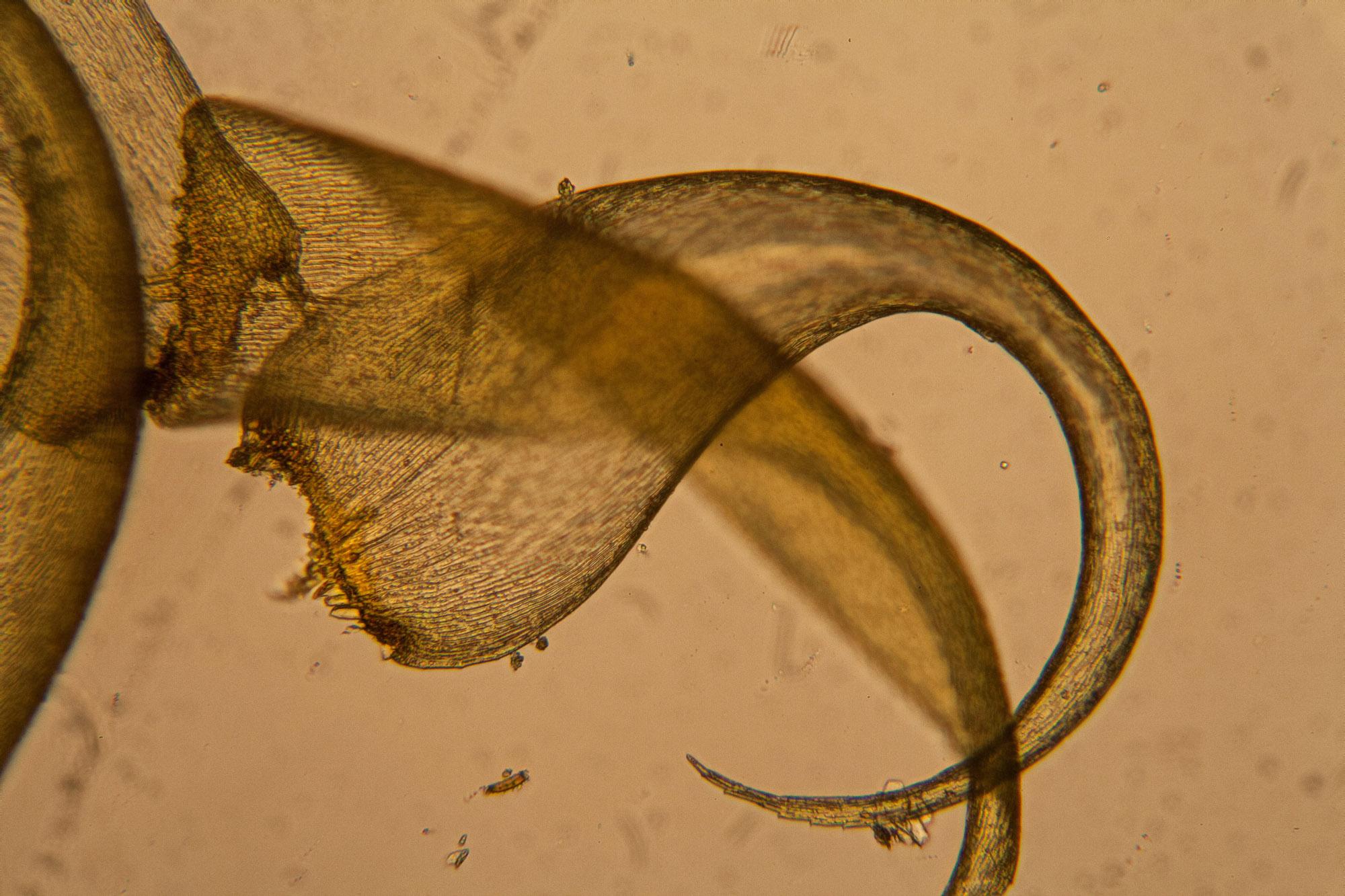
Hypnum-curvifolium-2.jpg from: https://ohiomosslichen.org/hypnum-curvifolium-2-2/
77b2eeed6462b2f7ad6f4d6a164171ad from: https://shopee.com.my/Live-Sheet-Moss-Carpet-Moss-Licensed-by-TerraLiving-Freshly-Selected-Hypnum-Curvifolium-for-Terrarium-Landscaping-i.171697226.9104115712
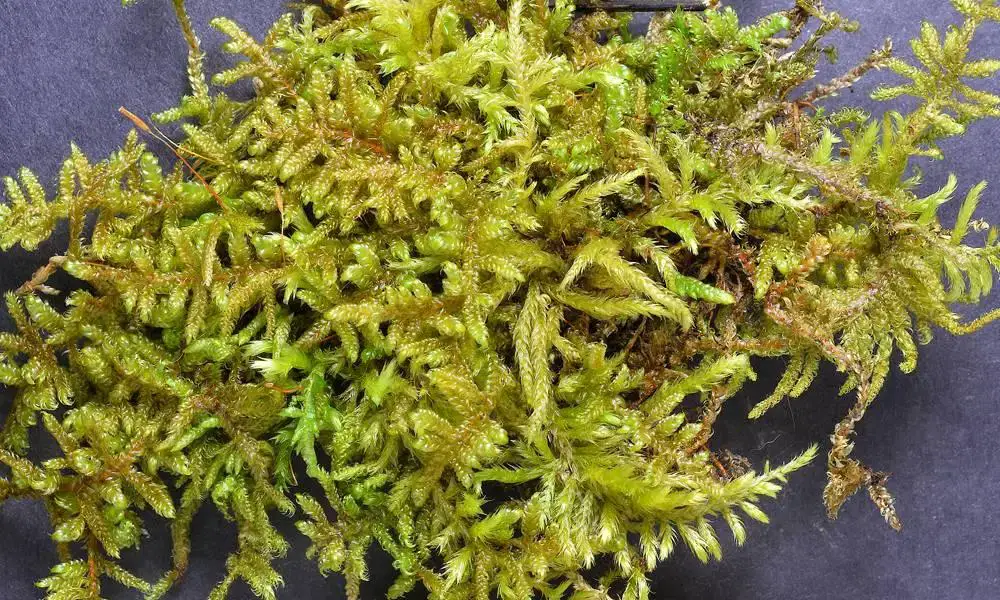
Hypnum_curvifolium_KG006_-_wet_1624746663.jpg from: https://bryophyteportal.org/portal/taxa/index.php?tid=159453&taxauthid=1&clid=0
Conclusion
Hypnum curvifolium may be small, but it is a fascinating and ecologically valuable moss species. From its distinctive curved phyllids to its important roles in erosion control and water retention, this humble bryophyte has much to offer. Next time you’re out for a walk in the woods, keep an eye out for the lush green mats of Hypnum moss – you may just gain a new appreciation for these tiny but mighty plants!
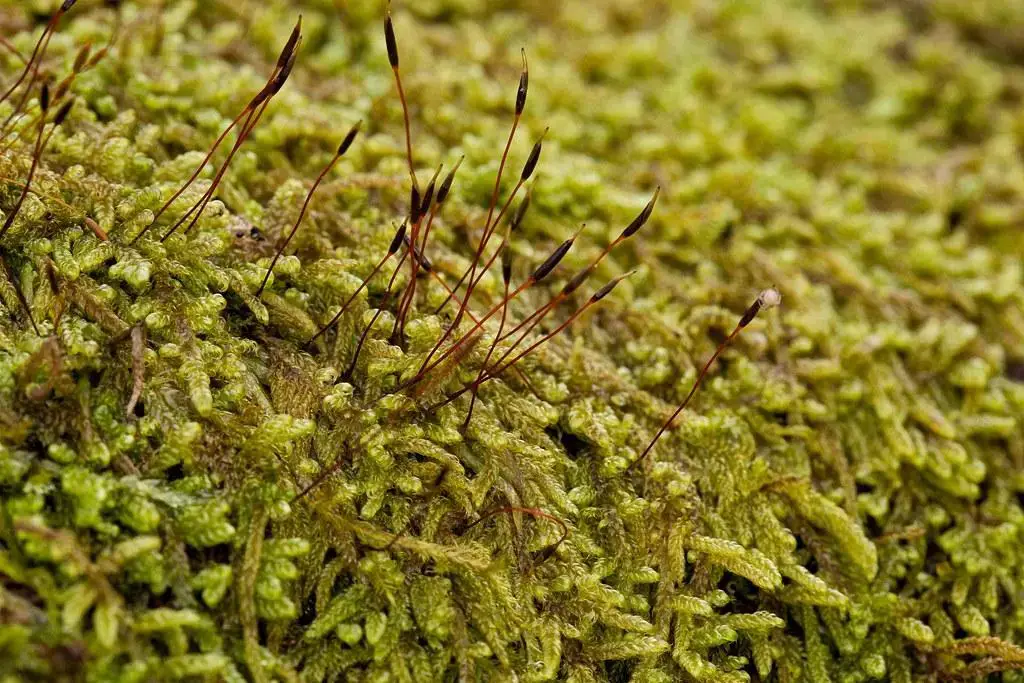
6330499495_30d9f5d486_b.jpg from: http://www.flickr.com/photos/49147273@N04/6330499495/